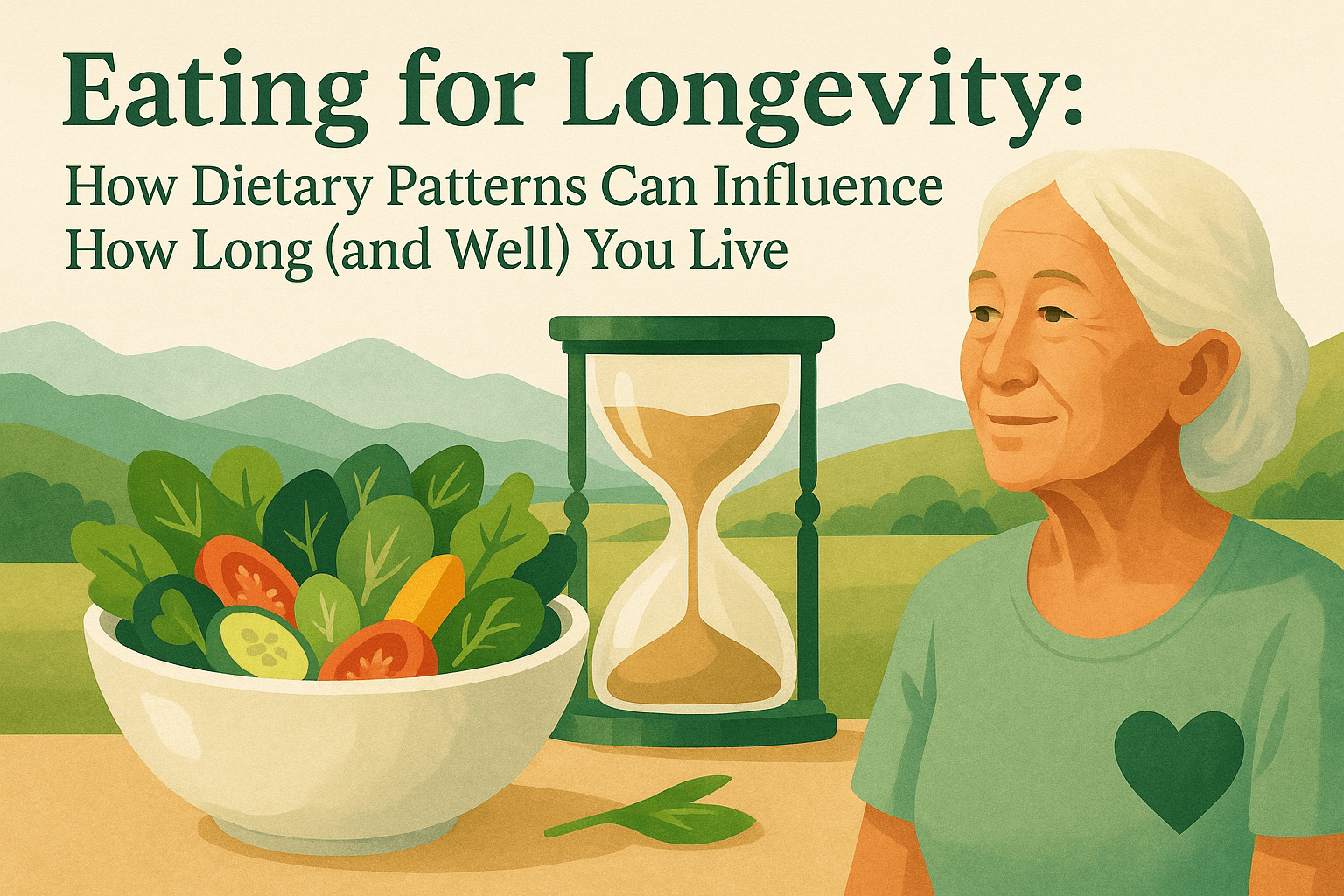The Low-FODMAP Diet: A Lifeline for IBS or Just Another Trend?
Published on June 12, 2025

For millions living with IBS, the promise of reduced bloating and digestive relief can seem like magic. Enter the low-FODMAP diet — a clinical strategy to eliminate fermentable carbs that often trigger symptoms. But is it revolutionary or just another trend?
This guide unpacks the science behind FODMAPs, who might benefit, and how to navigate the diet without sacrificing your love for food or gut diversity.
What Are FODMAPs?
FODMAP stands for:
Fermentable
Oligosaccharides (fructans in wheat, onion; GOS in legumes)
Disaccharides (lactose in dairy)
Monosaccharides (excess fructose in apples, honey)
And
Polyols (sorbitol, mannitol in stone fruits, sugar-free gums)
In sensitive individuals, these poorly absorbed carbs can ferment in the gut, leading to:
Gas
Bloating
Abdominal pain
Constipation or diarrhea
Even small amounts may be tolerated — but combined, they can overwhelm the gut and trigger symptoms.
How the Low-FODMAP Diet Works
Developed at Monash University, this 3-phase plan includes:
Elimination (4–6 weeks): remove all high-FODMAP foods
Reintroduction: slowly test each group to find triggers
Maintenance: avoid only your personal problem foods
The goal is not to avoid all FODMAPs forever, but to identify what your body tolerates while maintaining variety and gut health.
Who Should (and Shouldn’t) Try It
Helpful for:
IBS sufferers (50–80% find relief)
Functional bloating
Non-celiac gluten sensitivity
SIBO (under dietitian guidance)
Not recommended for:
General weight loss
Those with disordered eating
Children or pregnant women without medical supervision
Because the diet is strict, it may increase food anxiety or perfectionism in vulnerable individuals.
Benefits of a Low-FODMAP Diet
Symptom relief: less gas, pain, irregularity
Clarity: pinpoint specific food triggers
Food confidence: rebuild trust in social and personal eating
Improved quality of life with fewer flare-ups
Evidence-based: supported by international gastroenterology guidelines
Challenges and Drawbacks
Complicated food lists
Nutrient gaps (cutting dairy, legumes, fruits, grains)
Social/travel stress
Over-restriction risks (if stuck in phase 1)
Cultural limitations
Gut microbiome diversity may suffer
Working with a trained dietitian improves outcomes and helps reduce stress.
Tips for Low-FODMAP Success
Download the Monash app for updated food lists
Track symptoms and food in a journal
Meal prep in bulk to ease decision-making
Focus on safe foods: spinach, zucchini, rice, quinoa, blueberries, eggs
Reintroduce slowly — one group over 3–4 days
Mind portions: many FODMAPs are dose-sensitive
Be proactive when dining out — ask questions or bring food
Sample Low-FODMAP Day
Breakfast:
Scrambled eggs + spinach + sourdough
Banana or kiwi
Lunch:
Grilled chicken salad (spinach, carrots, cucumber, olive oil + lemon)
Lactose-free cheese
Snack: Sunflower seeds + strawberries
Dinner:
Grilled salmon + roasted zucchini + quinoa
Garlic-infused olive oil
Dessert: Dark chocolate + peppermint tea
Drinks: Cucumber water, ginger tea, green tea
Gut-Friendly Rotations:
Use quinoa instead of millet
Try bok choy or eggplant in place of zucchini
How to Protect Gut Health While Low-FODMAP
Don’t overstay in the elimination phase
Eat low-FODMAP prebiotic foods (chia, oats, green banana)
Reintroduce tolerated foods to restore microbiome diversity
Use probiotics as advised by a doctor
Exercise regularly
Sleep 7–9 hours
Manage stress — practice yoga, walks, mindful breathing
Cook at home for higher fiber and fewer additives
Final Thoughts
The low-FODMAP diet isn’t a trend — it’s a science-backed therapy for digestive clarity. But it’s also complex, temporary, and not a cure-all.
Used with care and support, it can be transformative. If you’re stuck in cycles of bloating, confusion, and frustration, FODMAPs might be the missing piece.
But go gently. Get guidance. Tune into your body.
Because food isn’t the enemy — and with the right approach, eating becomes empowering again.








